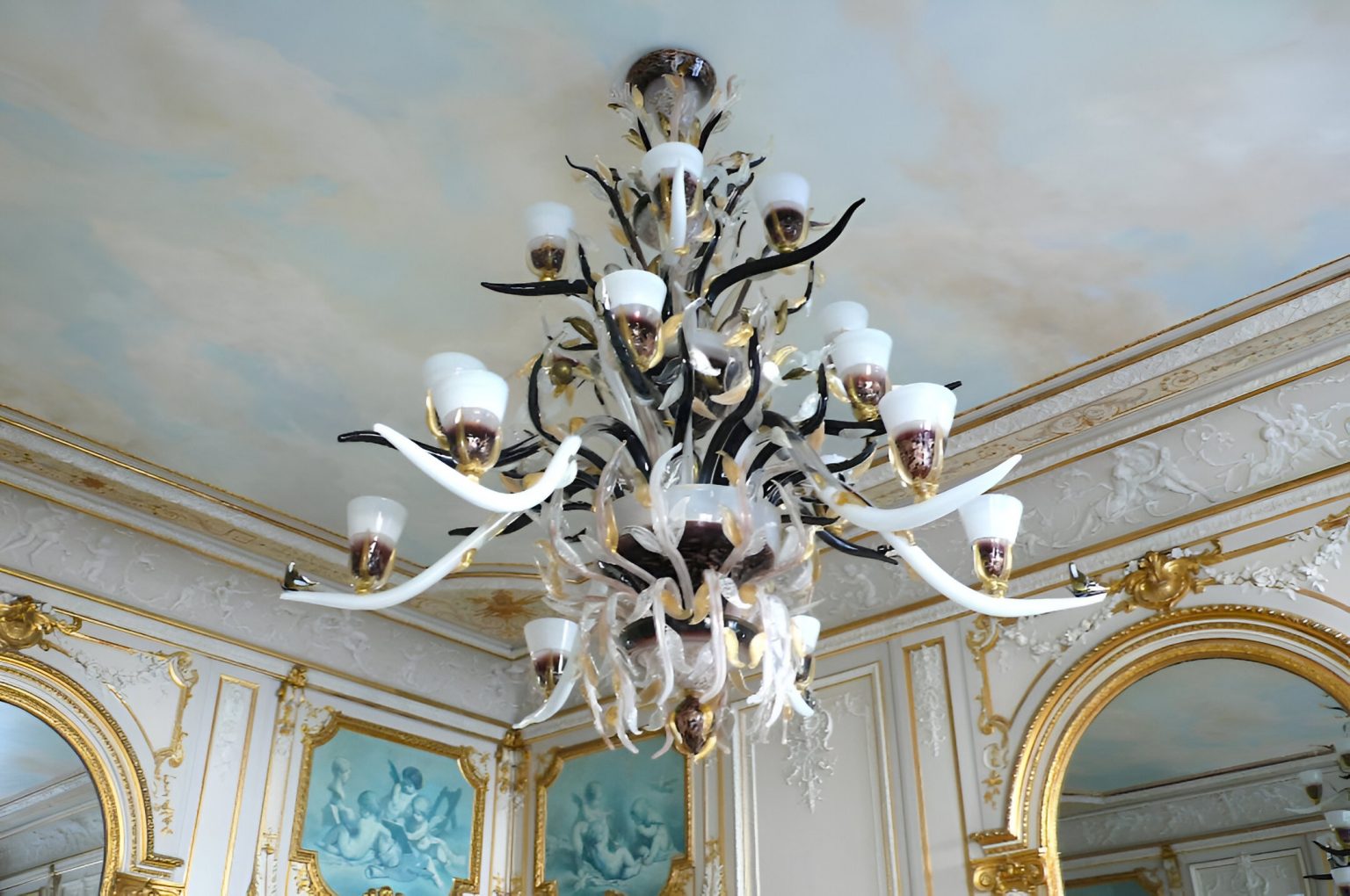
Exquisite Murano Glass Masterpieces
Handcrafted luxury chandeliers and mirrors direct from Venice to your home

Handcrafted luxury chandeliers and mirrors direct from Venice to your home
Welcome to MuranoDirect, where exquisite memories come alive with every glance at your custom-made Murano chandelier or mirror. By choosing MuranoDirect, you're not just purchasing from another Murano Glass provider – you're becoming a part of our story and gaining access to unmatched quality and the best prices available.
Giuliano and Luz, along with the dedicated MuranoDirect team, take personal care of every order, ensuring that your cherished masterpiece meets and surpasses your highest expectations.

Founders, MuranoDirect
Gain access to our Venice furnace and the exceptional skills of our master glassmakers for authentic craftsmanship.
Customize any model you see on MuranoDirect to suit your personal preferences and interior design.
Each piece is meticulously handcrafted using traditional Murano glassmaking techniques passed down through generations.
Explore our exquisite range of handcrafted Murano glass chandeliers and mirrors
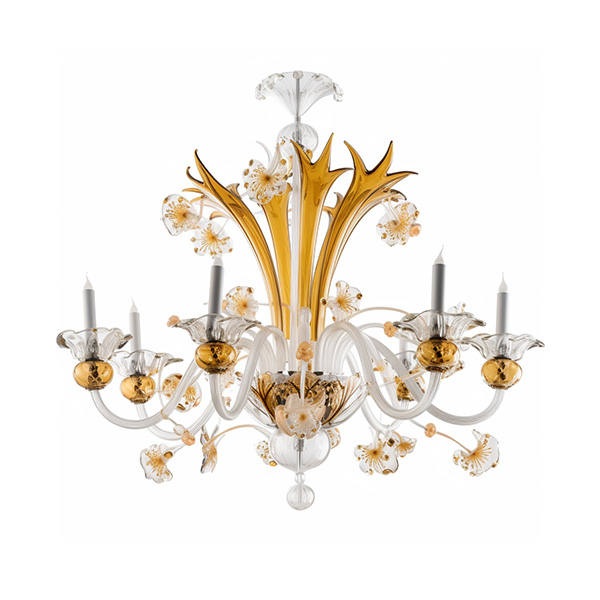
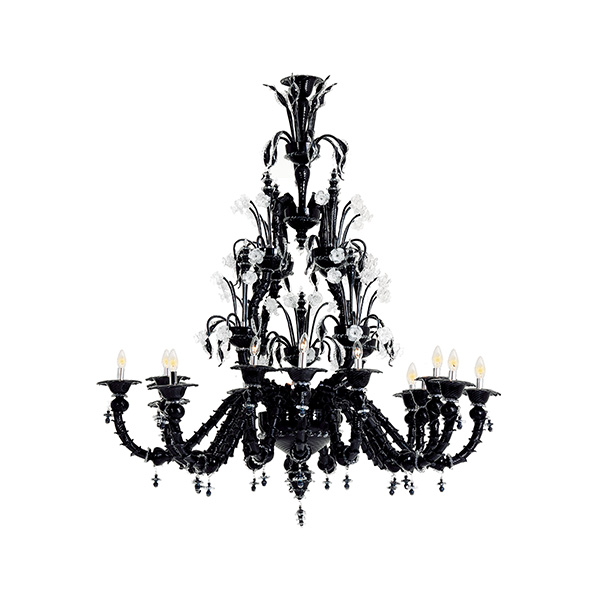
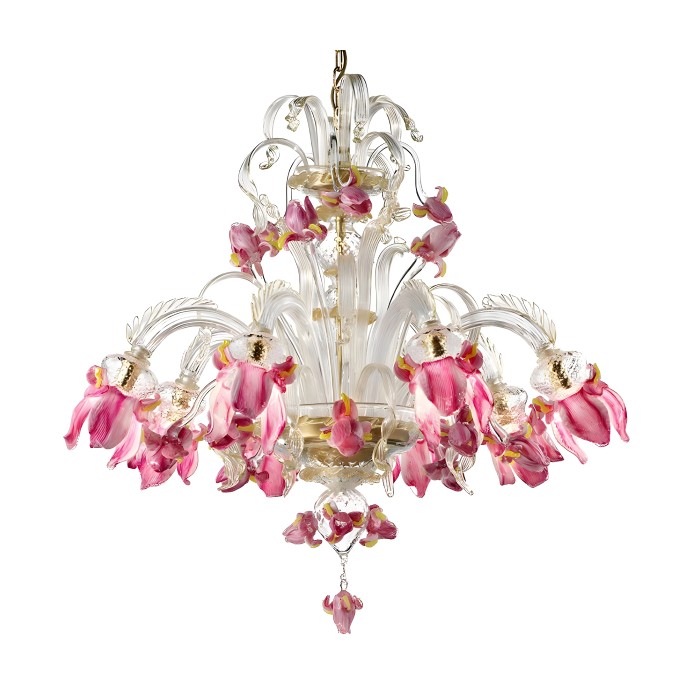
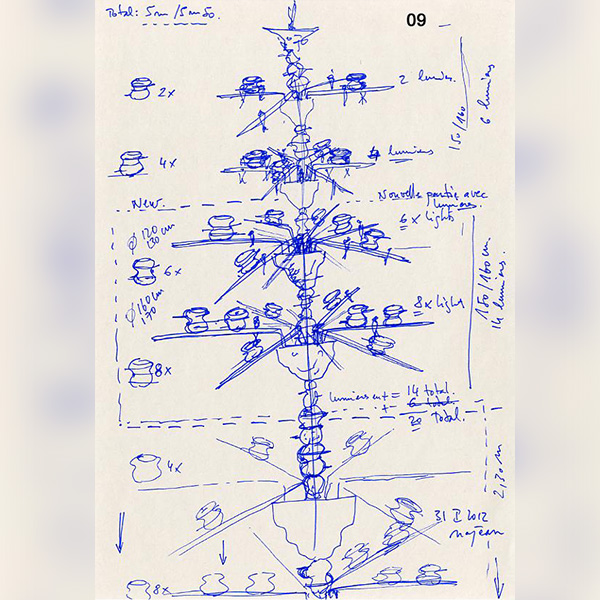
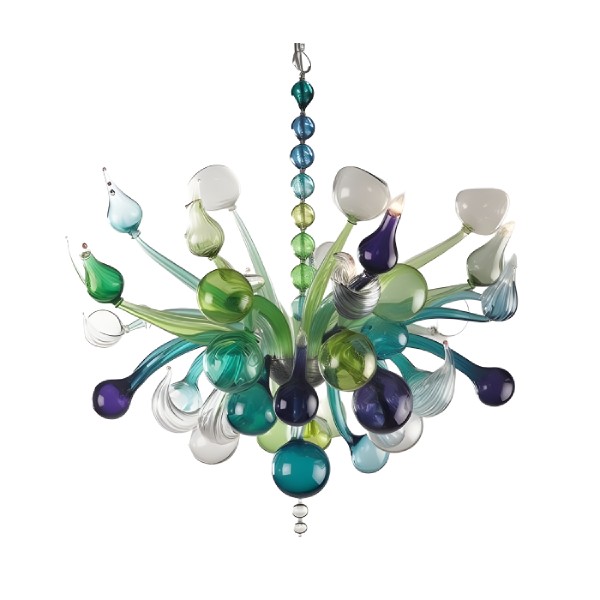
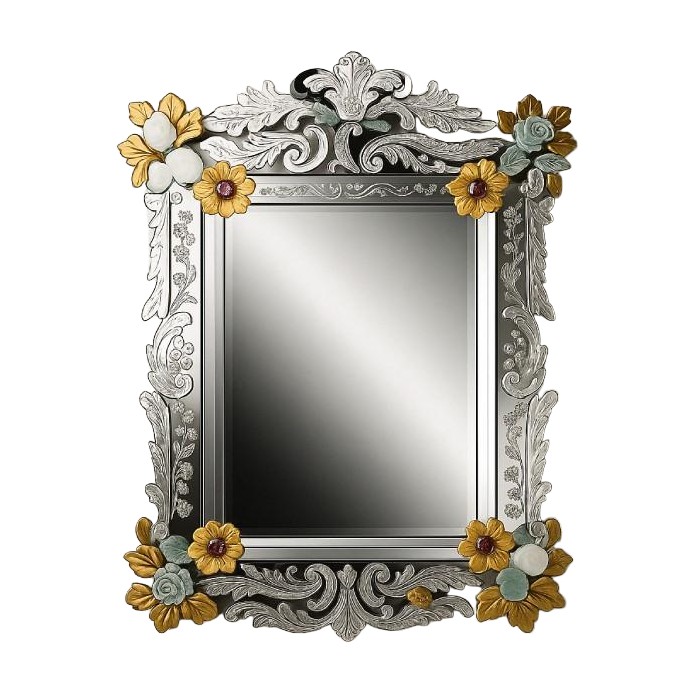
At MuranoDirect, we're prepared to use expert craftsmanship to bring your vision to life, with Giuliano and Luz personally overseeing every detail. Simply share a photo or description of your desired chandelier or mirror, and our glassmasters will create it for you.
Traditional Murano glassmaking techniques
Personalized color schemes and designs
Perfect dimensions for your space
Have questions about our products or services? Reach out to us and our team will be delighted to assist you with any inquiries you may have.
9730 Sea Turtle Dr., Plantation, FL 33324, USA
+1 (754) 305-0539
sales@muranodirect.com